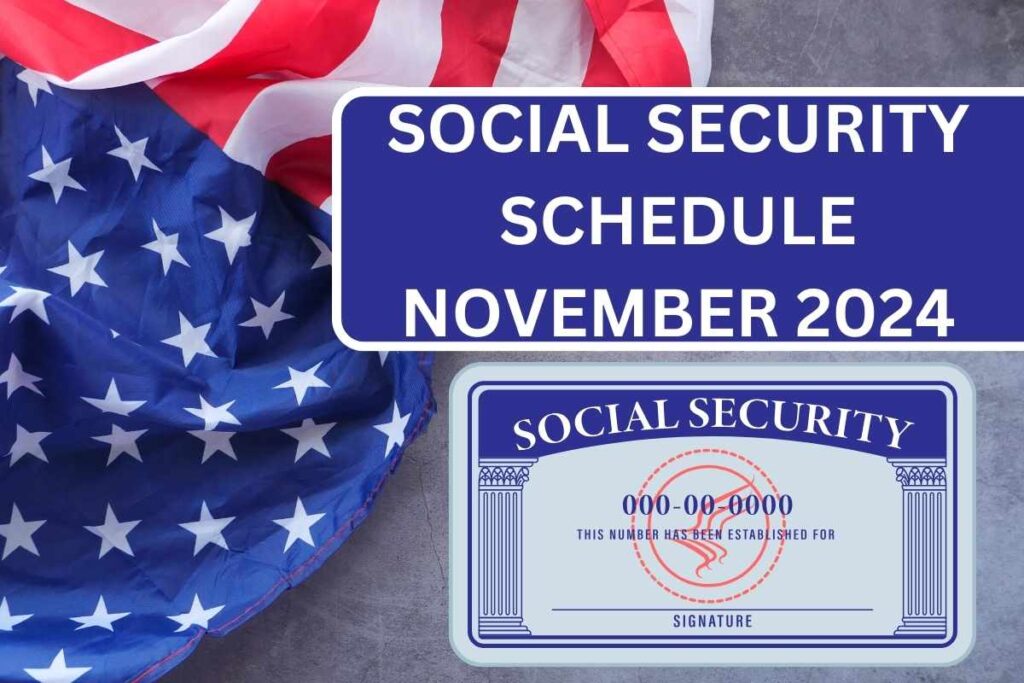URGENT: U.S. Government Reveals 3 Critical Social Security Payment Dates for Seniors & Disability Recipients THIS November
The Social Security Administration (SSA) oversees various programs, including Supplemental Security Income (SSI), Social Security Disability Insurance (SSDI), and retirement benefits.

Who Qualifies for the November Payments?
If you receive SSI, SSDI, or retirement benefits, you may be eligible for an additional monthly payment, depending on specific criteria. For instance, SSI recipients will receive two payments in November 2024: one on November 29 for December 1, 2024, and another earlier in the month. This results in two paydays for November, one technically for December’s allocation. For SSDI and retirement benefit recipients, additional payment dates depend on your eligibility. If you are not on SSI and meet certain criteria, including your birthdate and adherence to SSA rules, you may receive payments on either November 20 or November 27. Those born between the 11th and 20th of any month can expect a payment on November 20, while those born between the 21st and 31st will receive their payment on November 27.
Payment Amounts: What to Expect
The amount you receive varies significantly depending on the type of Social Security benefit. SSI payments are typically the lowest, averaging $697 per month. However, the maximum payment for individuals is $943, and eligible married couples may receive up to $1,415. SSDI recipients have higher average payments, around $1,542 per month. High earners eligible for the maximum SSDI benefit can receive up to $3,822. For retirees, the average monthly payment is approximately $1,924. The maximum retirement benefit varies depending on when you file for benefits. High earners who waited until age 70 to file may receive up to $4,873, while those who filed at age 62 are capped at $2,710.
Additional Details for November Payments
For SSI recipients, the payment on November 29 will technically be for December’s allocation, creating the unique scenario of two payments in a single month. However, this does not represent additional funds; it simply reflects the timing of the payment schedule.
SSDI and retirement beneficiaries receiving their payments on November 20 or November 27 must meet specific conditions, such as filing and receiving approval, not breaking SSA’s rules, and meeting the birthday cutoff for their respective payment dates.

While SSI provides critical support to those with limited income, SSDI and retirement benefits serve broader purposes, offering financial assistance to disabled individuals and retirees. Understanding payment schedules and amounts is crucial to budgeting effectively and avoiding confusion.


Comments are closed, but trackbacks and pingbacks are open.